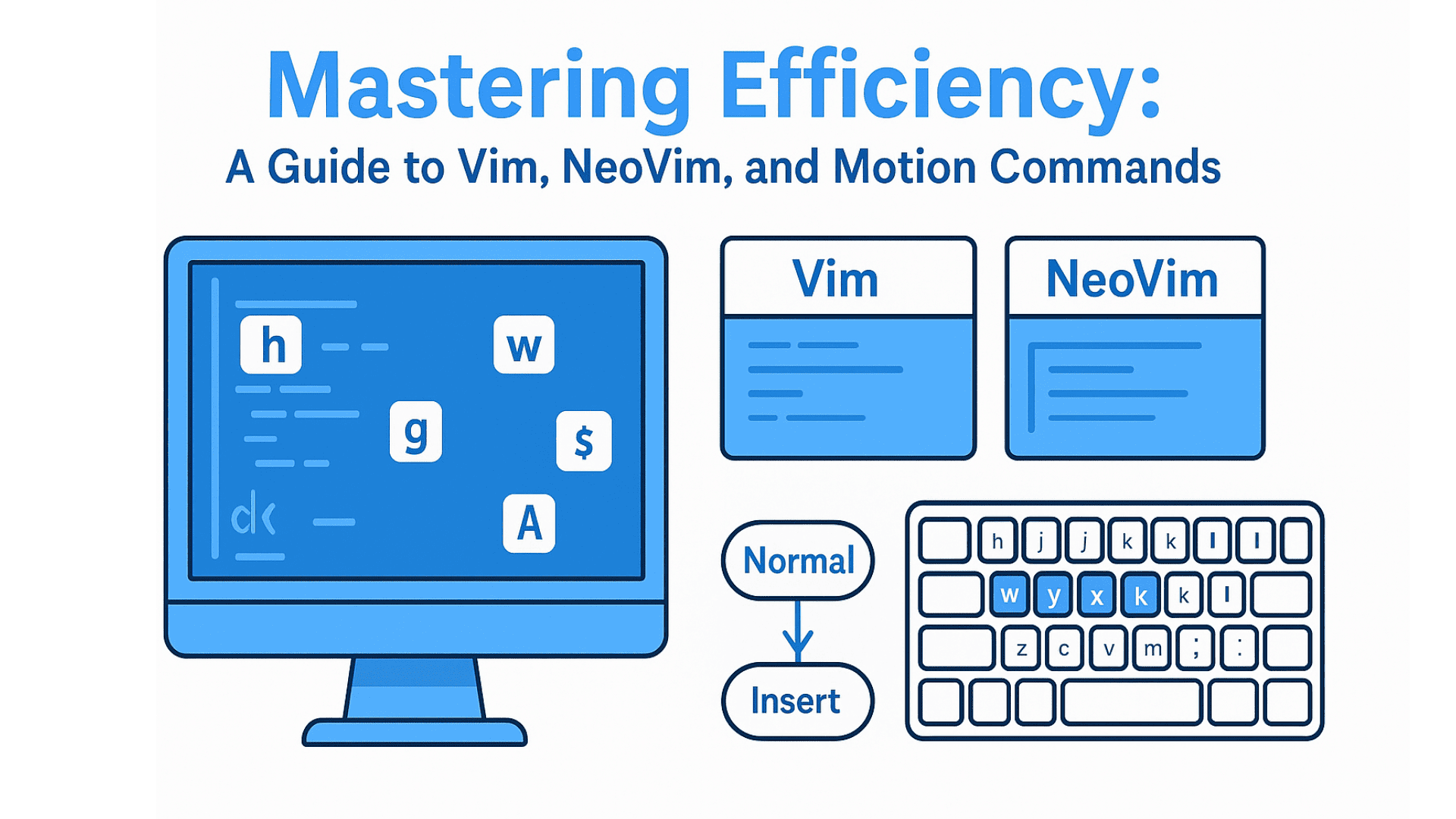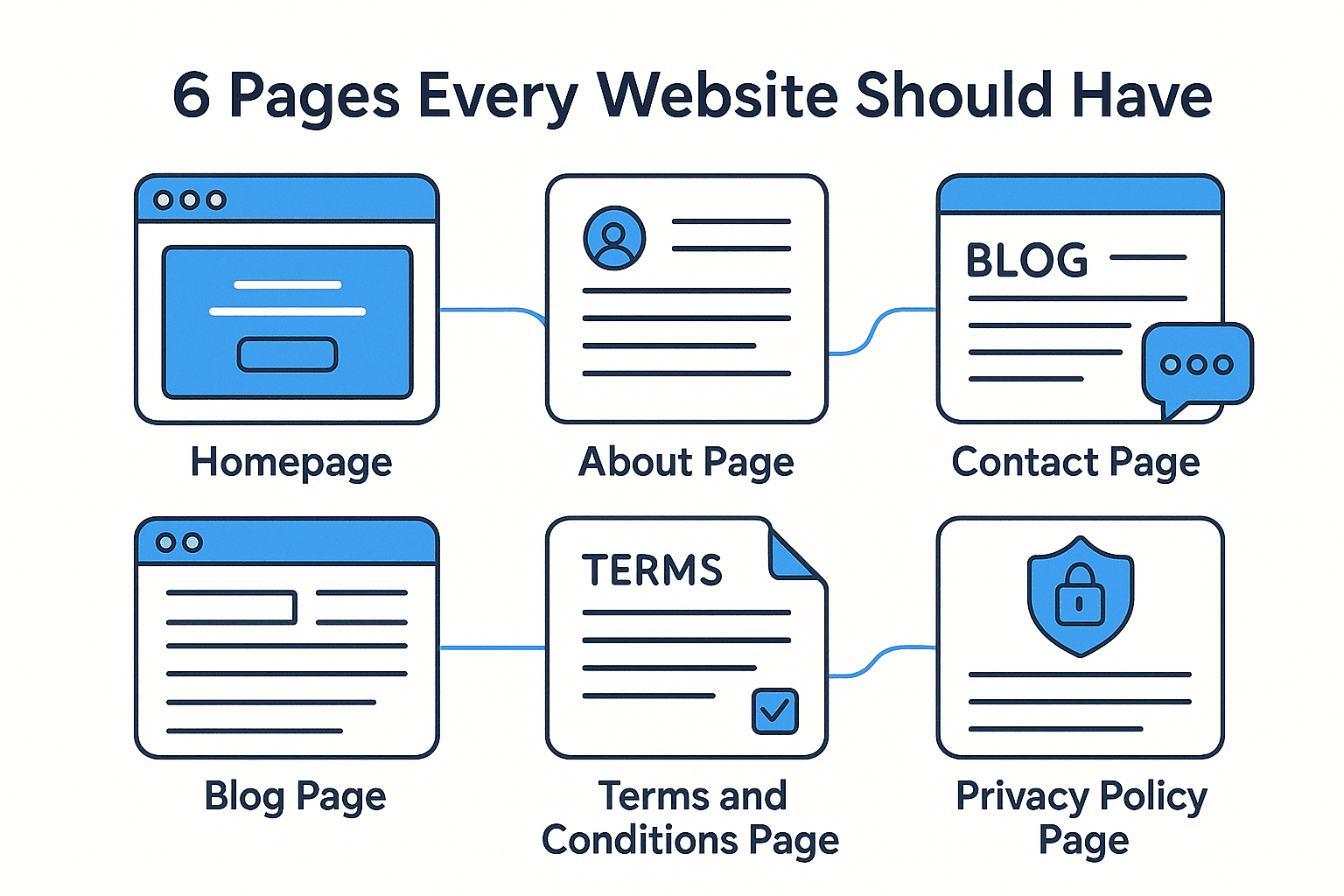If you're familiar with Laravel but have started exploring Spring Boot, you’re not alone. Both frameworks are powerful tools in their own right, but they cater to different needs, ecosystems, and use cases. As someone who’s used Laravel for its speed and developer-friendly design, you might be wondering: Is Spring Boot worth learning? Let’s break down the key differences in development environment, scalability, speed, cost, and runtime to help you decide.
1. Development Environment: Rapid Prototyping vs. Enterprise Rigor
Laravel is a PHP framework built for rapid development, especially for startups and small to medium-sized applications. Its elegant syntax, robust ORM (Eloquent), and built-in tools like Blade templating and Artisan CLI make it ideal for building MVPs quickly. The ecosystem is vibrant, with a vast package repository (via Composer) and strong community support.
Spring Boot, on the other hand, is a Java-based framework designed for enterprise-level applications and microservices. It emphasizes convention over configuration, reducing boilerplate code and speeding up development for Java developers. However, its steeper learning curve (especially for those new to Java) and more complex tooling (like Maven/Gradle, Docker, and IDEs like IntelliJ IDEA) can feel overwhelming at first.
Where each shines:
- Laravel excels in building applications quickly with minimal setup. Developers can get a project up and running in minutes.
- Spring Boot is better for projects requiring long-term maintainability, scalability, and integration with enterprise systems (e.g., databases, legacy APIs).
2. Scalability: Horizontal Scaling vs. Vertical Growth
Laravel’s flexibility is a double-edged sword when it comes to scaling. While it’s great for small-to-medium applications, scaling a Laravel app to handle high traffic or complex workflows can be challenging without additional infrastructure (like load balancers, caching layers, or microservices).
Spring Boot, however, is built with cloud-native and microservices architecture in mind. It integrates seamlessly with containerization (Docker), orchestration tools (Kubernetes), and cloud platforms like AWS, Azure, or Google Cloud. Its modular design allows teams to scale horizontally by breaking applications into microservices, making it a natural fit for large-scale enterprise systems.
Where each shines:
- Laravel is perfect for projects that don’t require massive scaling (e.g., SaaS platforms, CRUD apps, or MVPs).
- Spring Boot is ideal for applications needing to scale globally, handle high concurrency, or integrate with distributed systems.
3. Speed: PHP vs. Java Performance
PHP (and Laravel) is inherently faster for certain tasks, especially in single-threaded or lightweight applications. PHP’s interpreted nature allows quick execution, making it a go-to choice for prototyping and simple web apps.
Java (and Spring Boot) is compiled to bytecode, which can be optimized for performance in high-load scenarios. While Java apps might have a slight overhead during startup, Spring Boot’s efficient resource management and caching strategies (e.g., Spring Cache Abstraction) help maintain speed even under heavy traffic.
Where each shines:
- Laravel is better for applications where speed of development and simplicity outweigh performance needs.
- Spring Boot outperforms in compute-heavy or latency-sensitive scenarios (e.g., financial systems, real-time data processing).
4. Cost and Runtime: Open Source vs. Enterprise Investment
Both frameworks are open-source, but their ecosystems differ significantly in terms of support and cost.
- Laravel has a vibrant open-source community with countless plugins, tutorials, and free resources. It’s perfect for startups or indie developers looking to minimize costs. However, as your app grows, you might need paid tools (e.g., hosted databases, third-party APIs) to scale.
- Spring Boot is also open-source but often ties into enterprise Java tools and ecosystems (e.g., Spring Cloud, JPA). While this can be a barrier for new developers, it also offers robust support for large-scale projects. Enterprise-grade Java tools (like Spring Security or Actuator) require deeper expertise but provide long-term stability.
Where each shines:
- Laravel is cost-effective for small teams or projects with a tight budget.
- Spring Boot justifies its complexity if you’re building enterprise-grade applications that demand long-term maintainability and scalability.
5. Personal Perspective: Why You Might Consider Spring Boot
As a Laravel developer, you might find yourself thinking, “Why switch?” Here are some reasons to explore Spring Boot:
- You’re building a microservices architecture or need to integrate with legacy systems.
- Your project requires high performance (e.g., gaming platforms, financial apps).
- You’re targeting enterprise clients who prioritize Java’s reliability and security.
- You’re interested in exploring serverless or cloud-native development (Spring Boot’s compatibility with AWS Lambda, Kubernetes, etc.).
However, if your focus is on speed of development, creativity (e.g., building a CMS or social app), and minimal setup, Laravel remains unmatched.
Final Verdict: Choose the Right Tool for Your Use Case
- Stick with Laravel if: You need rapid prototyping, a simple dev environment, or a lightweight app.
- Consider Spring Boot if: You’re building scalable, enterprise-grade applications or want to dive into microservices and cloud-native development.
The Bottom Line: Neither framework is “better” than the other, it’s about matching the framework to your project’s needs. If you’re already comfortable with Laravel, there’s no rush to switch. However, if you’re looking for a framework that scales with your ambitions and offers deeper enterprise features, Spring Boot is worth exploring.
Questions for You:
- What’s your primary use case (e.g., SaaS, e-commerce, or a high-traffic API)?
- Are you planning to adopt cloud-native practices (e.g., Kubernetes, serverless)?
- How important is long-term maintainability versus development speed? Ultimately, the best choice depends on your goals. Whether you stay in Laravel or pivot to Spring Boot, the key is to leverage each framework’s strengths and adapt your workflow accordingly.
Ready to build something that scales? Let’s connect! Whether you’re refining your Laravel projects or diving into Spring Boot, I’m here to help. Reach out via Reach out View email or visit Instagram to discuss your next project. Let’s bring your vision to life—no matter the framework! 🚀



